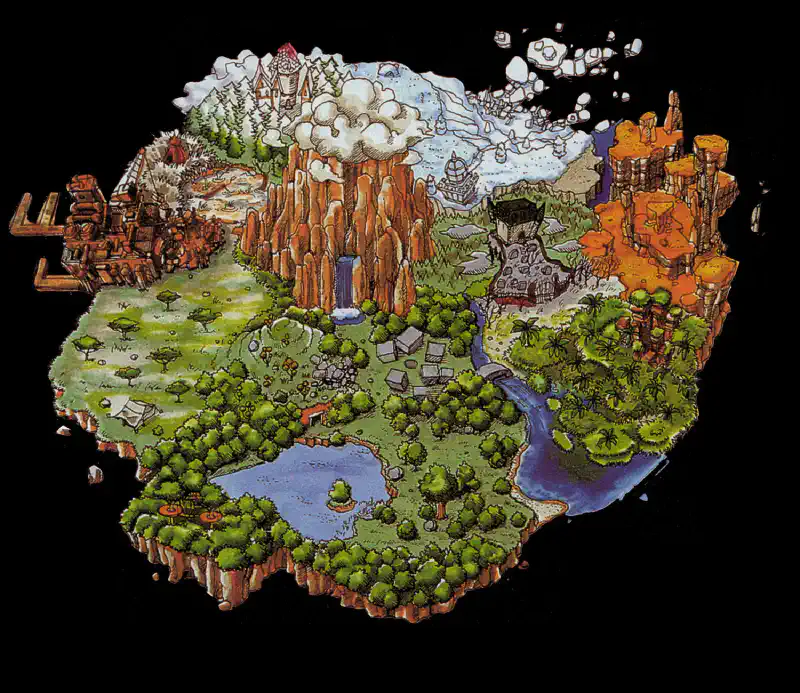Digimon World Godot
It’s time for me to take on a project I have been ploting for quite a while.
In 1999, I discovered the game Digimon World on the PS1. It’s a strange and punishing game that, while not perfect, is still satisfying. In essence, Digimon World is like a Tamagotchi on steroids. As a player, your goal is to save File Island. You begin in File City with your Digimon, raising it, exploring the island, battling other Digimon, and persuading some to join the city. This boosts your city’s prosperity and ultimately unlocks the endgame.

And 26 years later, here we are: My 2025 pet project will be to recreate Digimon World using Godot, Blender, and friends. I plan to model all the levels and props as a personal challenge and to acquire new skills. Then, I will develop all the systems needed to play the game. I won’t model Digimons; instead, I’ll create similar creatures or use assets that fit. My goal is not to make an exact copy of the game but to capture its essence and expand on it—or completely abandon it when I’m done.
We have two pillars to focus on: the visuals and the gameplay. Let’s create a shopping list of what needs to be done.
Let’s make a list of areas to model:
- File City
- Unwavering Forest
- Drill Tunnel
- Outlook Mountain
- Beetle Land
- Gear Savannah
- Factorial Town
- Geko Swamp
- Misty Trees
- Freezeland
- Great Canyon
- Overdell Cemetery
- Tropical Jungle
- Ancient Dino Region
- Infinity Mountain
I will write an article on each location, which features sub-areas and distinct props, as I design them. Luckily, this complete map of Digimon World will be a great reference.
It ultimately comes down to the gameplay and its systems. You need a way to train, care for, battle, and evolve your Digimon. The city-building aspect involves recruiting new Digimon and expanding your city to provide new services. These elements are at the core of Digimon World. Additionally, there are several common systems, including exploration, inventory management, quests, and time.
I now have a clear overview of what needs to be done. By omitting many details, I can start quickly and explore ways to implement each aspect of the game as I see fit.
Let’s begin with the start: File City.